Video tutorial
Learn to play piano classics like this step by step. Start a free trial today! “Nocturne Op. 9 No. 2” by Chopin is a renowned piano piece that belongs to his collection of nocturnes, a genre he significantly contributed to during the Romantic era. Chopin, a Polish composer and virtuoso pianist, composed this piece in the key of E flat major, showcasing his emotive and lyrical style. This nocturne is characterized by a melancholic melody and lush harmonies that evoke a sense of longing and introspection. Its intricate chord progression moves through various key centers, creating a rich tapestry of emotions that has captivated listeners for generations. Featuring delicate arpeggios and expressive rubato phrasing, this piece demands a high level of technical skill and emotional sensitivity from the pianist. Widely recognized for its beauty and depth, “Nocturne Op. 9 No. 2” remains a staple in the repertoire of advanced pianists, offering a profound musical experience that requires mastery of control and expression at the keys.Introduction
- Fall in love with the music - Learn your favorite songs, at a level suitable for you.
- Enjoy interactive piano lessons - Explore courses covering music theory, technique chords & more.
- Get real-time feedback - Skoove's feedback tells you what went well and what needs practice.

Chords charts
The chords for “Nocturne Op. 9 No. 2” by Chopin are:
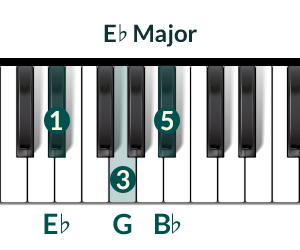
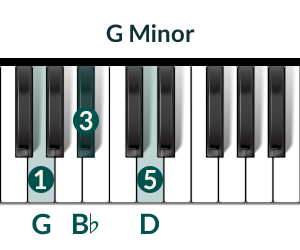
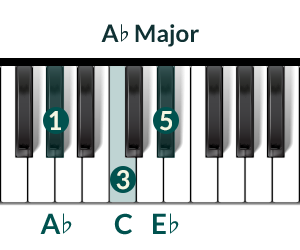
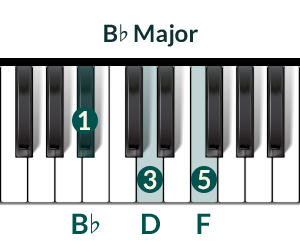
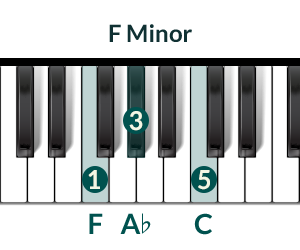
Lesson plan
Step 1: listen to the song
Listen to the song “Nocturne Op. 9 No. 2” by Chopin a couple of times to get a sense of its overall structure and nuances.
Step 2: practice the “Nocturne Op. 9 No. 2” chords
Take a look at the chord charts and practice playing those chords. Make sure that you’re paying attention to your hand positioning.
Step 3: try the tune in the right hand
Try playing the melody in the right hand only initially and get accustomed to it.
Step 4: learn the left hand accompaniment
Now take a look at the accompaniment in the left hand and get more familiar with that part.
Step 5: play both hands together
Once you’ve learned the song for both hands separately, you can try playing hands together. It’s helpful to start slowly and then increase tempo as you get more accustomed to playing both parts simultaneously. You can use the metronome in the Skoove app to help with this.
Interesting facts
1. Chopin’s “Nocturne Op. 9 No. 2”, composed in 1832, is one of his most famous and beloved compositions.
2. This Nocturne is known for its hauntingly beautiful melody and intricate harmonies, showcasing Chopin’s mastery of the piano and his ability to evoke deep emotional responses from the listener.
3. “Nocturne Op. 9 No. 2” is part of Chopin’s set of three nocturnes, Op. 9, which were dedicated to the composer’s muse and love interest, Maria Wodzińska.
4. The piece is in the key of E flat major and is characterized by its lyrical and poetic nature, making it a favorite among pianists and music enthusiasts alike.
5. Chopin’s skillful use of rubato in this composition allows the performer to express their emotions freely and adds to the overall Romantic-era charm of the piece.
6. “Nocturne Op. 9 No. 2” has been featured in various films, television shows, and commercials, solidifying its enduring popularity and cultural significance.
7. The expressive and introspective quality of this Nocturne has made it a staple in the classical piano repertoire, captivating audiences with its delicate beauty and emotional depth.
Conclusion
By learning and mastering Chopin’s “Nocturne Op. 9 No. 2,” you will have delved into a piece of classical music that showcases expressive melodies and rich harmonies. This tutorial would have equipped you with an understanding of complex chord progressions, melodic phrasing, and the ability to convey emotions through your piano playing.
As you continue your piano journey, remember to explore more challenging pieces and techniques to further enhance your skills and musicality. Each new lesson presents an opportunity for growth and self-expression through music.
Ready to take your piano skills to the next level? Sign up for our advanced piano lessons today and unlock your full potential as a pianist. Experience the joy of mastering intricate pieces like “Nocturne Op. 9 No. 2” while honing your technique and musical interpretation. Join now and embark on a rewarding musical journey!
FAQs for “Nocturne Op. 9 No. 2” by Chopin
The chord progression of “Nocturne Op. 9 No. 2” by Chopin in the key of E flat major is Eb – Gm – Ab – Eb – Bb – Ab – Eb – Gm – Fm – Bb – Eb – Ab – Eb – Gm – Ab – Eb.
“Nocturne Op. 9 No. 2” by Chopin is a classical piece known for its melancholic and expressive melody accompanied by lush and romantic harmonies.
“Nocturne Op. 9 No. 2” by Chopin is featured in the album “Nocturnes #1-10” released in 1989.
Chopin’s “Nocturne Op. 9 No. 2” features delicate arpeggios and expressive rubato phrasing.
The difficulty level of playing “Nocturne Op. 9 No. 2” by Chopin is classified as Hard.
Generated by AI with Verified Data Sources
This piano tutorial has been produced using an innovative AI process where we integrate data from respected sources like GetSongbpm API, the YouTube API, OpenAI API, and Perplexity API. Our approach careflly combines these resources to create structured, user-friendly piano learning content.”












